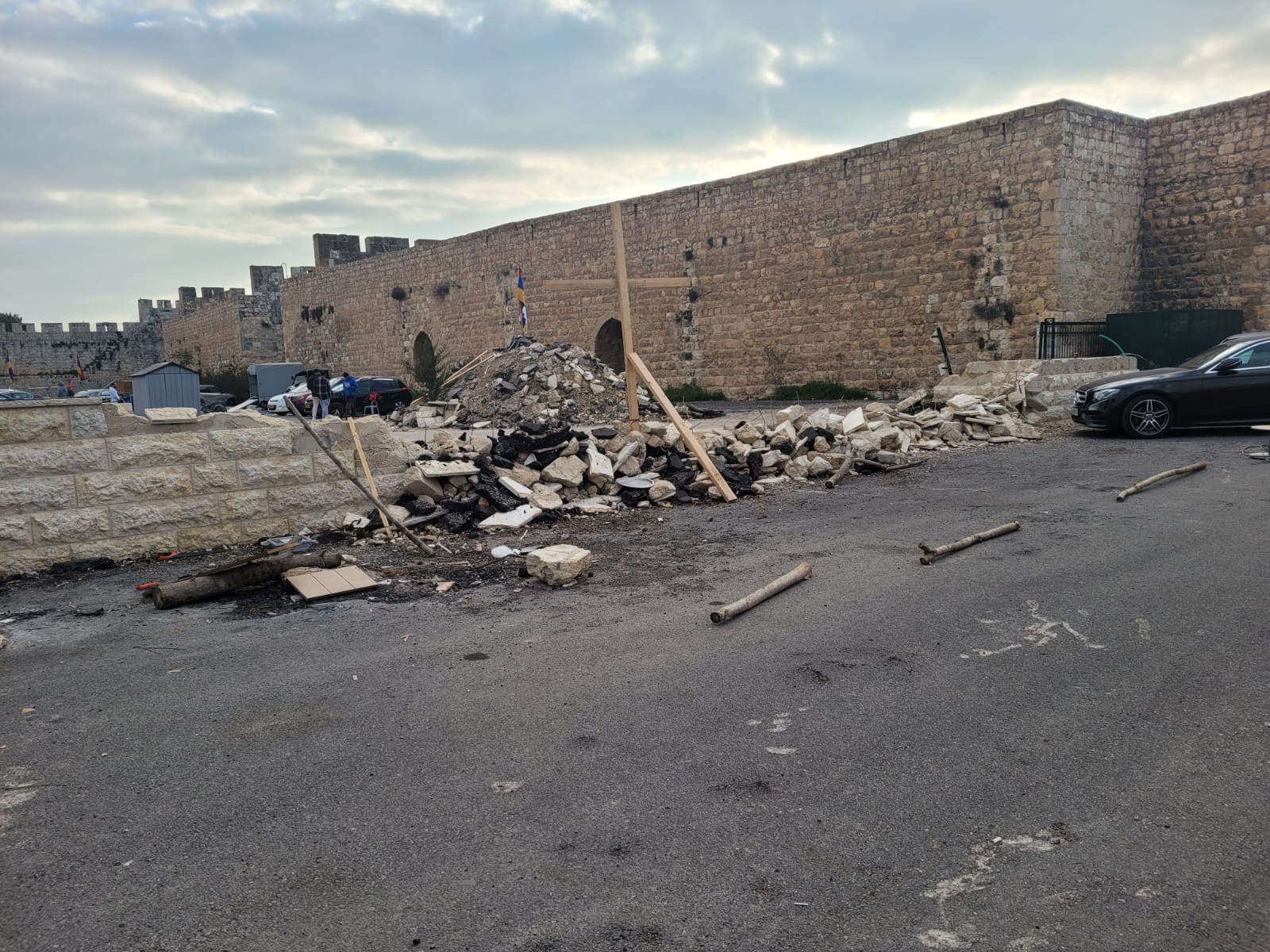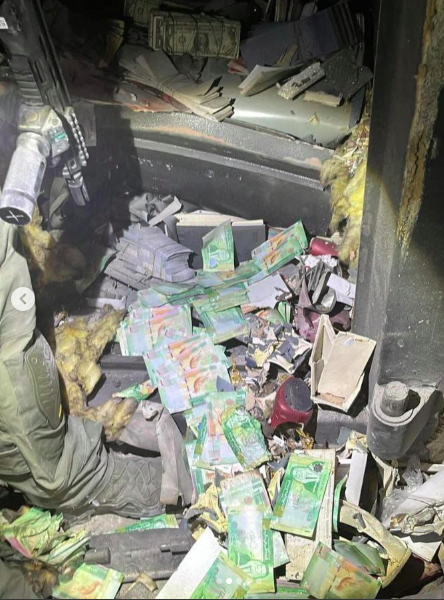-
Settler Mob Ambushes Armenian Quarter
They came covered in black and wearing ski masks. Thirty extremist ideological settlers, armed with clubs and tear gas, invaded the Armenian Quarter’s ‘Cow’s Garden’ (Goveroun Bardez) in the Old City and attacked members of the Armenian community.
-
Unprecedented Coordinated IOF Attacks in West Bank
Early this morning, between 1:00 am and 6:00 am, Israeli Occupation Forces invaded several cities across the West Bank. Of the 11 Palestinian governorates in the West Bank, 7 were invaded in a coordinated attack. Clashes were documented in Jenin, Hebron, Qalqilya, and Ramallah, with reports of invasions in Tulkarem, Nablus, and Jericho. Invasion forces stormed the cities, targeting money transfer stations, stating that funds were being funneled from these major cities to Hamas.
-
Remembrance in Nablus
In an age of disinformation, spectacle, and erasure, remembrance is revolutionary. Palestine has a rich 20,000 year history. Amid an ongoing catastrophe in the Holy Land that rivals the nakba in 1948, people in Nablus are keepers of memory.
Action Alert An Nabi Saleh Apartheid Wall Arrests BDS Bethlehem Bil'in Cast Lead Demonstration Denial of Entry Ethnic Cleansing Farmers Gaza Global Actions Hebron House Demolition International law Israeli Army Jerusalem Live Ammunition Nablus Ni'lin Prisoner Ramallah Rubber-coated steel bullets Settlement Settlers Settler violence Tear-Gas Canister Video



